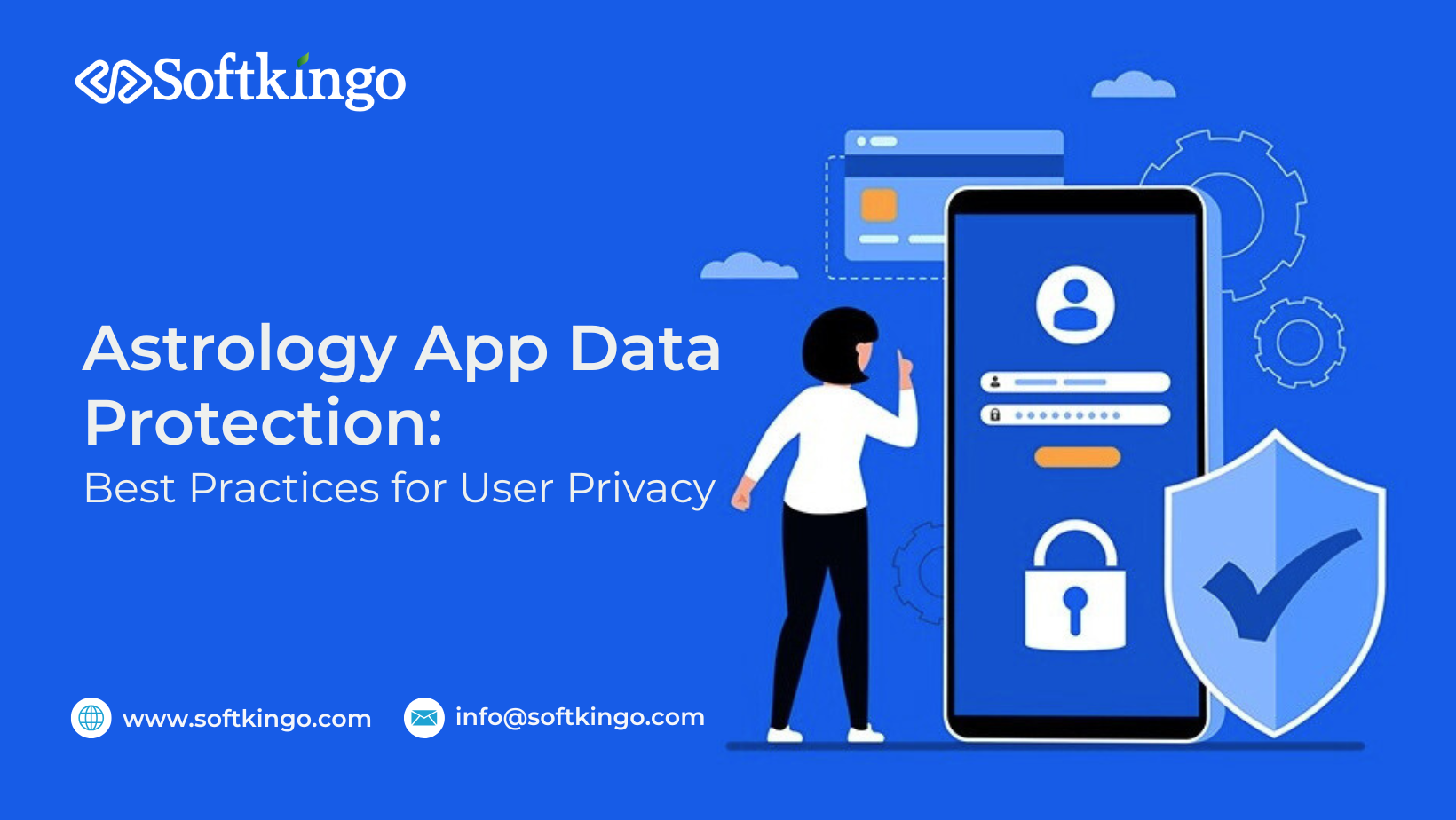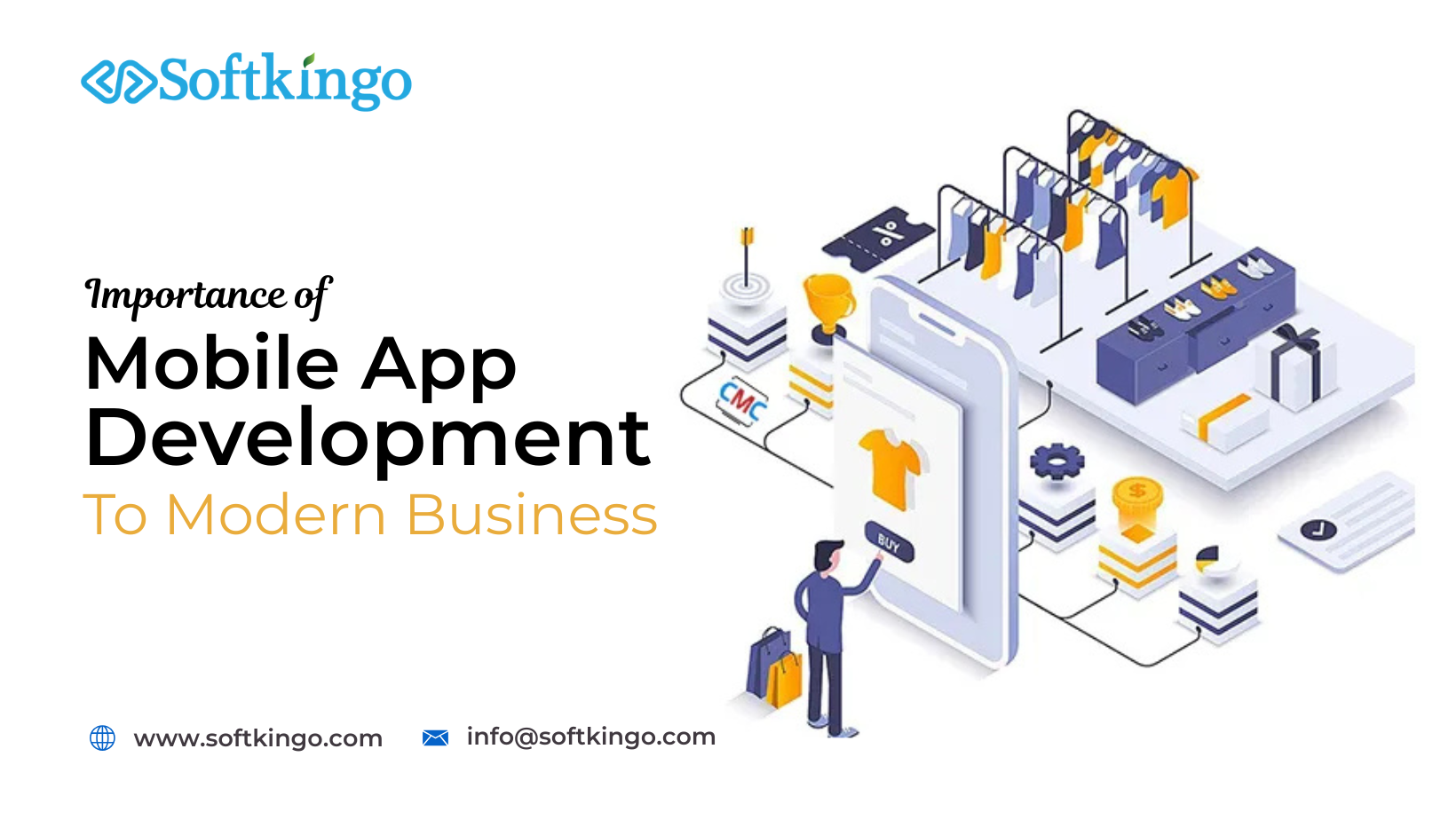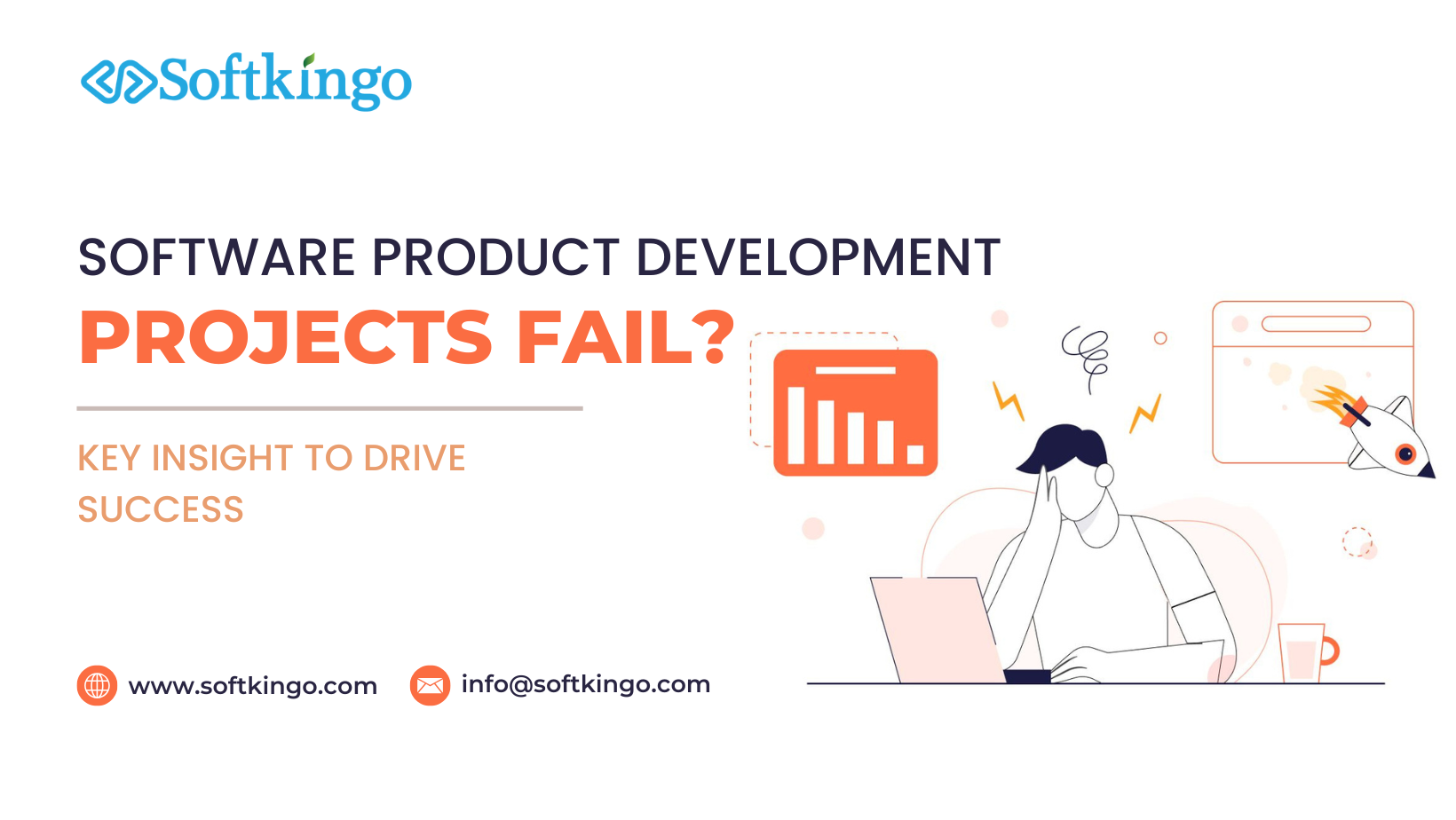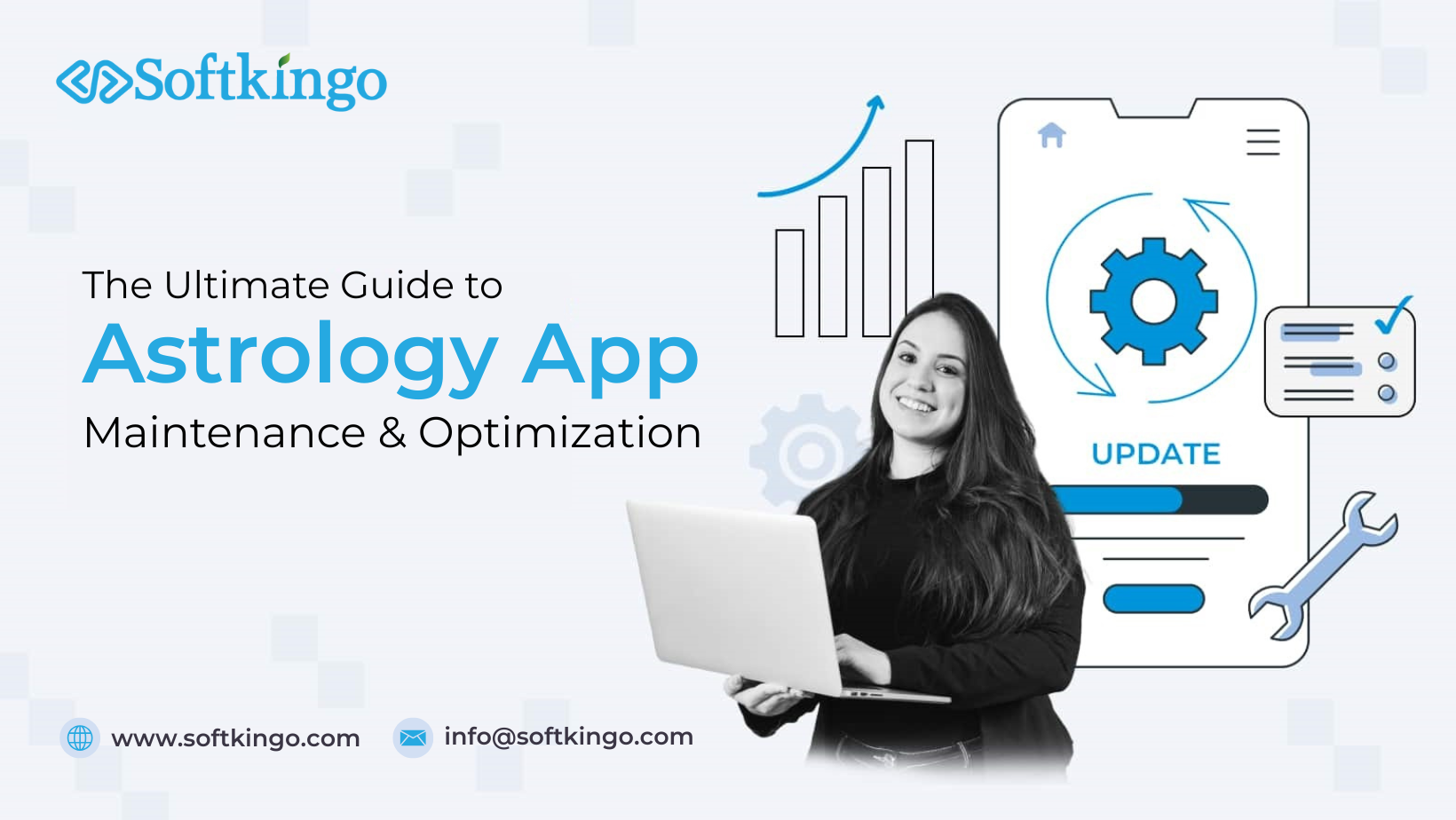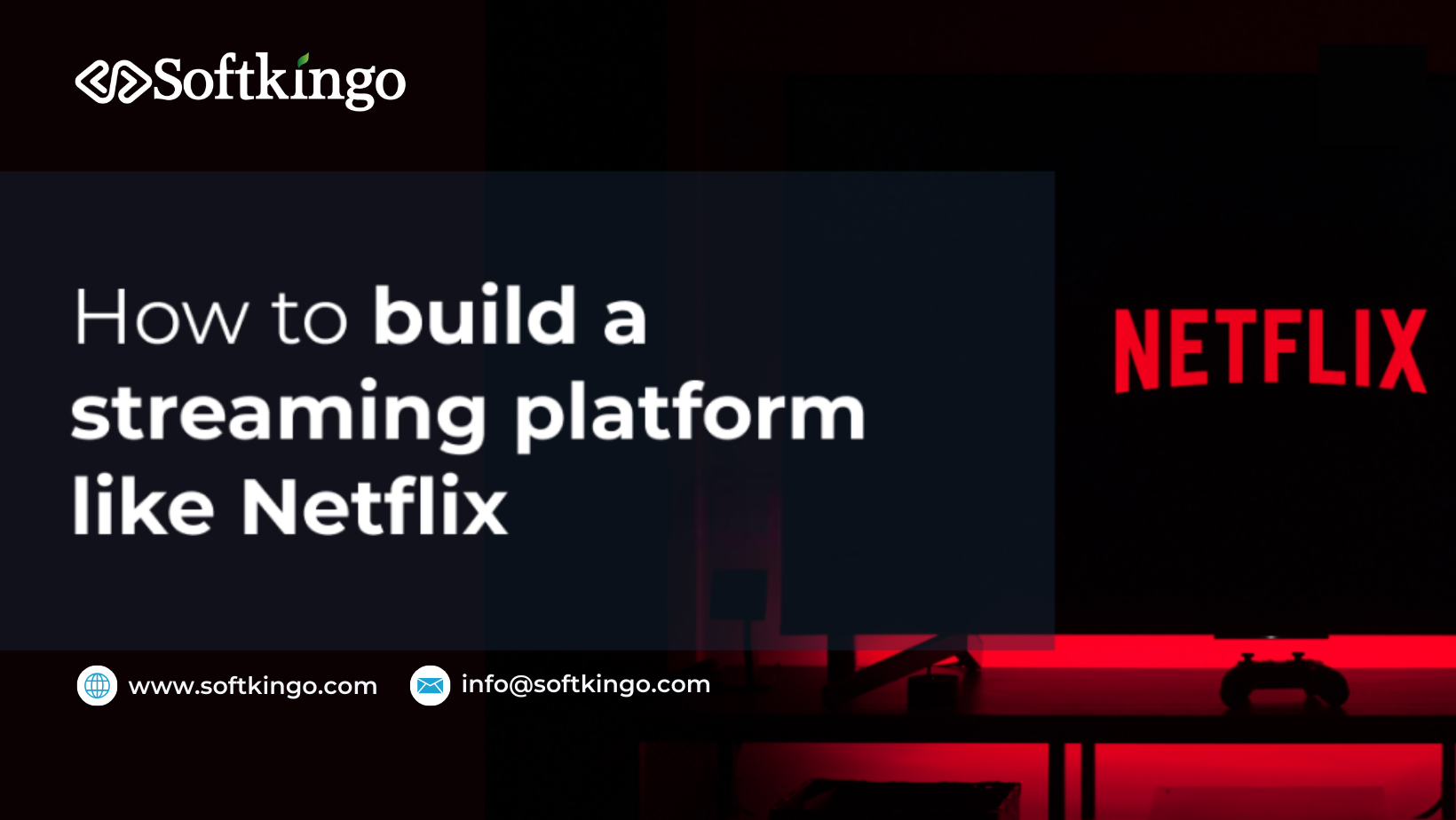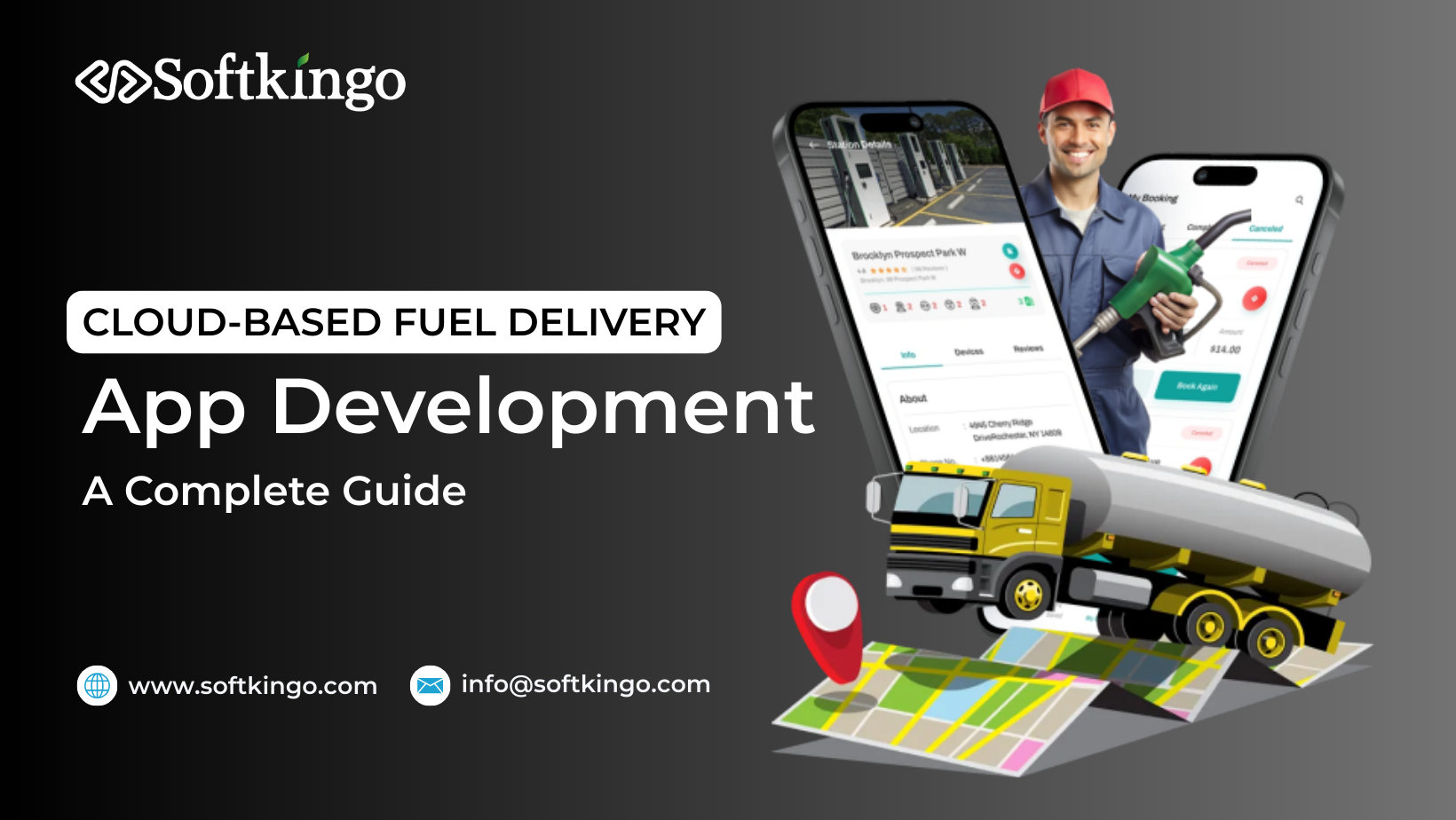Build vs Buy Software: What’s the Smarter Move for Your Business?
Software design and digital platform correspond to the actual face of the business and a bridge between the company and its users. It is the selling point and growth starting point, whereas making that first impression in front of the customers.
But here is the catch: one bad user experience, even one moment of frustration, and people will not think twice about moving on to a competitor.
And then it is hard to win them back, and more often than not, it is costly or downright impossible.
On that note, software strategy really matters. Do you build something custom, something that fits perfectly with the needs of your users? Or perhaps you purchase a solution off the shelf that gets you to the market fast? Both routes carry with them different advantages, disadvantages, and risks. One ill-fated decision and you may be going for your brand equity, your hard-earned investment, the trust of your customers.
Never fear, though. There is an entire article that we prepared for you on the “Build vs. Buy” software dilemma to help steer you in the right direction, considering your goals, budget, and what your business truly needs.
What does custom software development truly mean?
Building software from the ground up, especially tailored to fit your business like a glove, whether it be for one process or for the entire business. It really means understanding your needs deeply, translating them into the right features, and finally delivering software that integrates well, can grow with you, is of high quality, is supported adequately, and is delightful to use.
And this is a growing trend. Per reports from Grand View Research, the custom software development market is booming. For instance, just during the single year of 2024, it is estimated to hit $43.16 billion, and it is even expected to grow at an annualized rate of 22.6 percent over the forthcoming years.
Businesses continue to heavily invest in custom development due to the benefits weighing in its favor. Still, some remain cautious, and there are reasons for that. You see, custom development has its downsides, too.
Let’s weigh the pros and cons and figure out what’s best for your business.
| Pros | Cons |
| Build to meet business workflows, objectives, and customer expectations | Requires significant investment in designs, development, and testing |
| Easily adapt to the growing demand for the software | Longer time to market |
| Unique solutions with unique features | Require regular updates and bug fixing |
| Implement robust security protocols and meet industry compliance |
Then, when do you do custom software making?
There are obvious signposts pointing at custom development as the right choice for your business:
- You have unique workflows or business logic that off-the-shelf tools just can’t support.
- You want the highest degree of customizability in every step of development: how the software appears, behaves, and operates.
- Your realm of operations is so specialized that generic solutions would better serve to become hindrance.
- In cases when your building has to tie into internal systems or specific third-party tools.
- You may require certain features to ensure a strict and enforceable compliance or industry regulation.
In these incidences, building from scratch software ensures that the platform does exactly what your business, and users, need.
What about buying ready-made software?
Ready-made or off-the-shelf software is just as its name implies—solutions that have been built already, already-for-sale. Generally, one would expect to start using it right away: no coding-waiting-hiring.
They usually come equipped with a few minor options for customization and are best suited for a business that is on tight time constraints and wants to go on working immediately. Suddenly, just pay-and-login and enjoy it.
But here’s a catch: while these do actually come with convenience, they also come with constraints. You often get stuck with generic features along with limited flexibility or scalability. Thus, the need to move away from these overpriced and under-performing custom-built ones.
| Pros | Cons |
| Easily deployed with faster time to market | Zero to low customization capabilities |
| Subscription model-based or one-time license fees | Recurring subscription fees |
| Dependent on vendor’s ecosystem | |
| Difficulty integrating with third-party tools | |
| Hosting on external server keep data security at risk |
When is it better to buy software?
Ready-made software has always been the better choice if:
- The solutions you speak of are common business needs, such as payroll, internal communication, or CRM.
- Time is of the essence — faster go-to-market without great software development life cycle.
- If you do not have in-house development capabilities or team to manage a customized build.
Here, off-the-shelf can prove to be a great solution that can kickstart your process very quickly with very little hard work on your part.
THE NEXT BIG QUESTION:
Should your business build or buy software?
One for every business and industry might not apply equally in building or buying. It genuinely depends on your business model, goals, operations, and kind of user experience you are willing to offer.
To lift some confusion, we have drawn a list of industries matched with the approach— build or buy—that typically suits them.
Industries That Must “Build” Software
Below are the industries benefiting from custom-built software due to their specialized processes, strict compliance, and keeping the edge over competition.
Healthcare
Healthcare businesses deal with strict regulations, highly sensitive data, and non-standard workflows that off-the-shelf solutions cannot fully address. Custom healthcare software development offers companies the means to stay compliant with HIPAA and GDPR while supporting EMRs, telehealth, and patient engagement platforms specific to their ecosystem.
- Strict compliance and regulation (GDPR, HIPAA).
- Sensitive patient data.
- Unique workflows like patient tracking, EMR systems, etc.
- Check Out How We Helped Healthcare Businesses Built Better Custom Software
From patient portals to systems for HIPAA-compliant record keeping, our custom healthcare solutions have been engineered to address real-world problems. Explore how leading clinics, labs, and Healthtech startups have joined forces with us to simplify operations, enhance patient outcomes, and secure data with total confidence.
Logistics & Supply Chain
Logistics businesses operate in fast-changing environments that require total and complete control over their operations. Making custom logistics software lets them optimize routes, track things in real-time, and integrate systems for maximum fleet and warehouse efficiency.
- Route optimization
- Warehouse management
- Real-time tracking and integration
SaaS startups
Startups must construct SaaS products from scratch to control the technology stack, revenue model, and user experience. A startup will benefit from being able to scale faster and differentiates itself using its own unique features in selling SaaS, so it retains the ownership of core IP.
- Ownership of codebase, revenue, and technologies;Own revenue model;
- Solve some specific problem faced by users;
- Select what architecture, infrastrucutre, and roadmap you want to follow;
- Create a very strong image of your brand, features, and price models;
- Build APIs, plugins, and microservices customized to your needs.
Manufacturing
Any off-the-shelf software rarely meets the specific needs of a manufacturing floor, from production planning through equipment integration. Manufacturing software development ties floor operations in with business intelligence-with an intent to lower downtime, enhance throughput, and improve quality control.
- Custom software apt for assembly lines, operations, quality checks, and inventory systems
- Rich interfaces and APIs for connecting to factory equipment, PLCs, sensors, etc.
- Automate mundane tasks
- Custom dashboards and reporting for downtime, production, and throughput
Retail & Ecommerce
Retailers require seamless integration across platforms and tailored customer experiences that generic platforms can’t always offer. Building retail software helps unify operations and create scalable, personalized shopping journeys with deep data insights.
- Unify in-store, mobile app, third-party marketplaces under single digital platform
- Deliver personalized shopping experiences, reward programs
- Real-time monitoring across warehouses, drop shipping partners, and stores.
- Tailored restocking logic, returns, and dynamic pricing
- Deep dive with data analysis like customer churn rate, abandoned carts, and sales.
Industries That Must “Buy” Software
Buying ready-made software could only be good if the requirements aligned with pre-built solutions, resolve specific minor problems, and standardized.
Human Resources & Recruitment
Why should HR & Recruitment agencies buy software?
- Fixed industry-wide norms
- Automatically adapts to labor laws, tax rules, and compliance standards for department
- HR department doesn’t actually require custom-built software
- Easy onboarding process
Accounting & Finance
Why should the Accounting & Finance department buy software?
- Existing ready-made solutions have everything required in the accounting department and building from scratch isn’t required.
- Integration with relevant third-party is already done
- Subscription-based pricing makes budgeting easier
Customer Support
Why should the Customer Support department buy software?
- Pre-built helpdesk platforms already exist in the market
- Built-in CSAT tracking, resolution time metrics, and agent performance
- Expensive build from scratch
Now Let’s Talk About Budget
What You Pay for When You Build
When you develop software from scratch, investments are made in one or the other way. The following is a list of things that go into your overall software development cost:
Development Cost
UI/UX design, front-end, and back-end development, database setup, and API integrations are some things you will pay for if you hire your own development team or outsource your software development. In general, development outsourcing is considered to be less expensive than building and maintaining your in-house development team.
Try and understand the cost differences and everything involved in in-house versus outsourced development, before finally making a decision. Weigh both options against each other to see which one fits better to your business objective and budget.
Infrastructure & Hosting
Here, you would be required to invest in scalability support, cloud storage, servers, and security infrastructure. If you are hosting by yourself, you will also have to pay for your tracking tools, backups, and uptime.
- QA & Testing
Custom software requires thorough testing and quality assurances for functionality, usability, performance, and security. Besides, automated and manual testing are also performed to ensure robust security implementation.
- Ownership
You get lifetime IP ownership with just a single time development; there is no need to pay license fees or anything else. You can always integrate new features, pivot the logic, and yet remain independent.
Hidden Costs of Buying Software
One of the biggest misconceptions about buying software is this: you pay once and you’re set for life.
In reality, many businesses find themselves haunted by hidden costs that quickly stack up — thus, making off-the-shelf software more expensive in the long run compared to having a custom solution developed.
Here are some key hidden costs which you need to be wary of:
1. License & Subscription Fees
Most ready-made software basically runs on a subscription model — monthly or annually-based payments considering usage, number of users, or access to particular modules.
Based on the first impression, it might be affordable. But in time, these recurring charges could very well be a serious dent in your total cost of ownership, especially as your team size or feature needs increase.
2. Integration Expenses
Most off-the-shelf products advertise “easy integration” attributes. In real life, that could very well not be the case.
Integration with either your internal systems or third-party tools will often require technical knowledge on your part, custom API work, or some form of middleware. All that would definitely mean employing help from outside, or appropriating your internal devs’ timekeeping-resources: all things paid in one way or another.
3. Customization Limitations
Off-the-shelf solutions are by nature forced to suit general purposes. Often such solutions run only in the simplest manner for your specific business.
Want the workflows customized? Do you require subtle level reporting and highly custom dashboards? Almost every software vendor will charge extra in addition to the basic price for everything outside of the basic features. And ultimately these so-called “add-ons” . . . . can become really pricey and, more often than not, they do not really meet your needs.
4. Training and Onboarding Costs
No matter how intuitive a software might be, it still requires training, especially if large teams are involved.
Employees need time to learn the new system, adjust their respective workflows, and develop comfort with using the system daily. Consider also the fact that the steeper the learning curve with the software, the harder it will be to maintain productivity storyline; hence, slow down operations, inducing indirect costs.
A Quick Comparison for You to Decide Between Build vs Buy Software Analysis
| Features | Build | Buy |
| Upfront Cost | High | Low |
| Customization | Full | Limited |
| Time to Deploy | Slow | Fast |
| Maintenance | You Own It | Vendor-Managed |
| Scalability | Fully Scalable | Limited Scalability |
| Long-term Control | Complete Control | Limited |
| Compliance & Security | Meets Every Compliance | Depending on Vendor |
| Need deep customization | Enabled | Restricted |
| Customer Experience | Tailored UX, differentiation, control | Quick deployment, decent UI |
| Employee Experience | Process alignment, reduced friction | Easy onboarding, standard features |
| Digital Transformation | Ownership, agility, innovation potential | Speed, scalability (initial), less setup |
CONCLUSION
Whether to build or buy software is a decision that requires careful inspection and thorough deliberation of individual business scope and objective. Buying software is about expecting agility and reliability at a lower upfront cost, while building software provides an unmatched experience, flexibility, and control. Sounds very expensive at the start, but eventually, it will prove to be the best investment offering a competitive edge.
Therefore before you decide, you should carefully think about the total cost of ownership, long-term viability, integration requirements, and internal technical capabilities. If you are still in doubt, go ahead and connect to a reputed software development services provider to help define the roadmap.
Paramhans Singh is the CEO and founder of Softkingo Technologies, bringing over 8 years of experience in delivering custom software solutions that help startups and enterprises achieve their business goals. He has successfully validated more than 220 app and website ideas and delivered over 100 tailored solutions, utilizing a range of technologies such as Swift, Kotlin, React Native, Flutter, PHP, RoR, IoT, AI, NFC, AR/VR, Blockchain, and NFTs.




